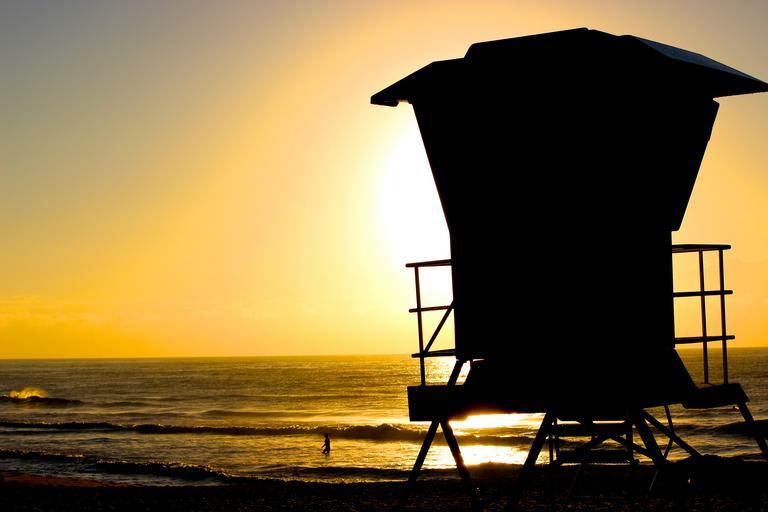Introduction
In today's world, air quality has become a significant concern for many households. As pollution levels rise and allergens become more prevalent, more people are turning to air purifiers as an essential appliance to maintain clean indoor air. However, these devices often come with their own set of indicators and alerts that can sometimes confuse users. One common question that arises is: What does the red light mean on my air purifier? Understanding these alerts can help you maintain your device effectively and ensure it operates at its best.
This article aims to delve into the meaning of various alerts on air purifiers, particularly focusing on the red light indicator. We will explore different types of air purifiers, maintenance tips, and how to troubleshoot common issues. Additionally, we offer insights into related topics such as dehumidifiers, humidity control in grow tents, and other essential home appliances that complement your air purification efforts.
Understanding Air Purifier Alerts
What Are Air Purifier Alerts?
Air purifier alerts are notifications designed to inform users about the device's operational status or maintenance needs. These alerts typically manifest through colored lights—most commonly red or yellow—and can indicate various issues ranging from filter replacement needs to malfunctioning components.
Different Types of Alerts
To better understand what the red light means on your air purifier, it's essential to know the different types of alerts you might encounter:
- Red Light: Often signifies that the filter requires immediate attention. Yellow/Orange Light: Indicates that the filter is nearing its end-of-life and should be replaced soon. Green Light: Suggests that everything is functioning correctly.
Why Is It Important to Pay Attention to Alerts?
Ignoring these alerts can lead to subpar performance from your air purifier and may even compromise your indoor air quality. Regularly checking and responding to these signals ensures optimal functionality.
What Does the Red Light Mean on My Air Purifier? Understanding Alerts
The red light on your air purifier typically indicates a serious issue requiring immediate attention. In most cases, it signals one of the following:
Filter Replacement Needed: You may need to replace the HEPA or carbon filters. Device Malfunction: A hardware issue may be present if you've just replaced filters. High Pollution Levels Detected: Some advanced models will trigger this alert when they detect poor air quality.How Do I Know Which Issue Is Present?
To determine which specific issue corresponds with the red light:

- Check your user manual for troubleshooting steps. Inspect filters visually; if they appear dirty or clogged, it’s time for a change. If filters are clean and the red light persists, consider contacting customer support.
Replacing Your Filters: What You Need to Know
When Should I Replace My Filters?
Generally speaking, HEPA filters should be replaced every 6–12 months, while carbon filters may need replacement every 3–6 months depending on usage.
Choosing the Right Filters
When selecting replacement filters:
- Verify compatibility with your model. Look for high-efficiency particulate air (HEPA) certification for optimal performance.
How Do I Maintain My Air Purifier?
Proper maintenance extends your device's lifespan and enhances its effectiveness in cleaning indoor air.
Routine Maintenance Tips
- Clean pre-filters monthly by vacuuming them. Wipe down exterior surfaces using a damp cloth.
Understanding Dehumidifiers in Relation to Air Quality
While discussing indoor air quality devices like air purifiers, one cannot overlook dehumidifiers' role in maintaining optimal humidity levels.
Should I Close the Door When Using a Dehumidifier?
Yes! Keeping doors closed helps concentrate moisture removal in smaller spaces for better efficiency.
Dehumidifier Door Open or Closed
Keeping doors closed allows dehumidifiers to work more efficiently by preventing moisture from entering from other rooms.
Best Practices for Controlling Humidity Levels in Grow Tents
For plant enthusiasts aiming for optimal growth conditions:
How to Raise Humidity in a Grow Tent Without a Humidifier
Consider using:
- Water trays filled with pebbles Misting plants occasionally
How to Increase Humidity in a Grow Tent
Utilize wet towels hung inside or increase watering frequency during dry seasons.
Exploring Other Home Appliances Related to Air Quality Management
When considering indoor comfort and health:
Best Battery-Powered Dehumidifier Models
Battery-powered options are excellent for small spaces without electrical outlets nearby.
Best Attic Dehumidifier Choices
Choose models with energy-efficient ratings tailored for attic spaces prone to excess moisture buildup.
Comparative Analysis: AHU vs RTU Systems
Understanding different HVAC systems aids in maintaining proper humidity levels throughout larger spaces:
| Features | AHU (Air Handling Unit) | RTU (Rooftop Unit) | |----------|-------------------------|---------------------| | Installation | Indoor | Outdoor | | Cost | Higher initial cost | Lower initial cost | | Flexibility | More customizable | Limited customization |
FAQs
1. What does a flashing red light mean on my air purifier?
A flashing red light typically indicates an urgent issue requiring immediate intervention—like replacing filters or checking for malfunctions.
2. Can I use my air purifier continuously?
Yes! Most models are designed for continuous operation; however, ensure regular maintenance checks are performed.
3. How do I clean my humidifier?
http://endlessideas019.image-perth.org/portable-air-solutions-for-every-room-in-your-homeEmpty any remaining water daily, clean with vinegar weekly, and rinse thoroughly before refilling with fresh water.

4. Is it safe to run a dehumidifier continuously?
Running it continuously can help manage high humidity levels effectively but always monitor humidity levels closely!
5. Can I use an infrared heater safely indoors?
Yes! Infrared heaters are generally safe; ensure they’re installed according to manufacturer guidelines and away from flammable materials.
6. What is considered a sensitive group for air quality?
Sensitive groups include children, elderly individuals, pregnant women, and those with pre-existing respiratory conditions like asthma or allergies.
Conclusion
Understanding what does the red light mean on my air purifier is just one aspect of managing indoor air quality effectively. By being proactive about maintenance schedules—whether it's replacing filters or monitoring humidity levels—you can significantly enhance your living environment's comfort and health standards. This knowledge not only saves you money but improves overall well-being by ensuring cleaner, fresher indoor air year-round.